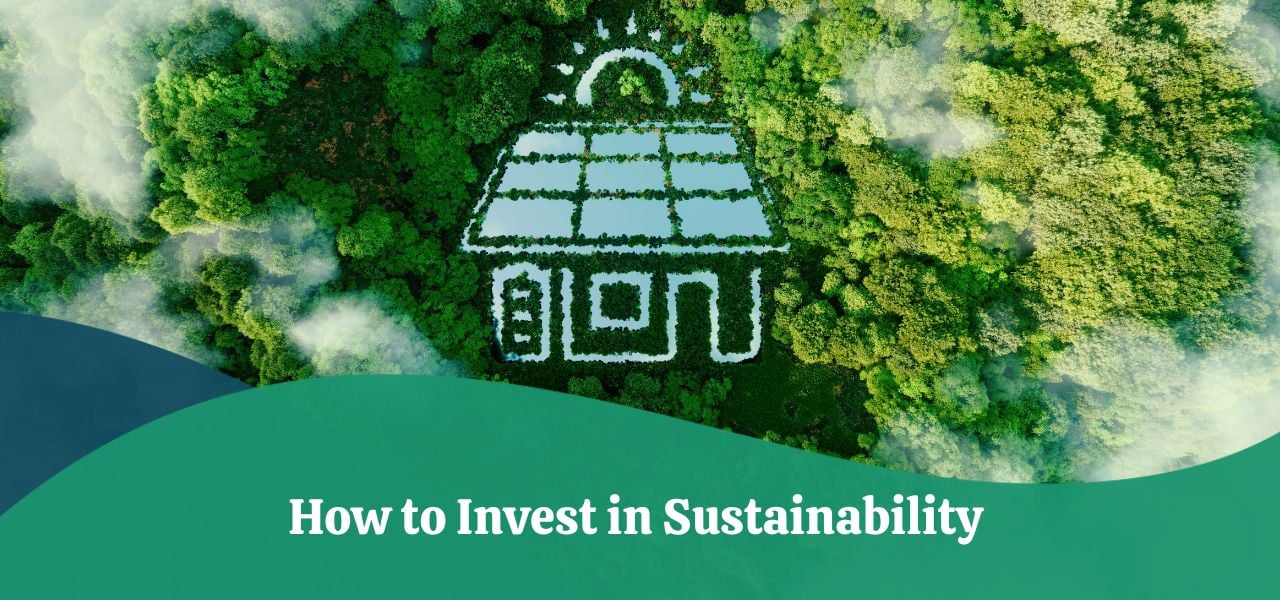Welcome to SUSTAINABLE BUSINESS CONSULTING

Sustainable investing is more than just an investment strategy—it’s a way to align your wealth-building journey with a greater purpose. It allows you to take control, ensuring that your money doesn’t just grow but also helps create a better world for future generations.
So, why settle for traditional investing when you can achieve financial success and make a difference? Sustainable investing is the key to a brighter, more responsible future.
The global shift toward sustainability is reshaping investment landscapes, offering discerning investors avenues to align profit with purpose. With sustainable assets projected to exceed $50 trillion by 2025 (Bloomberg), integrating environmental, social, and governance (ESG) factors is no longer optional—it’s a strategic imperative. Below, we explore four key pillars of sustainable investing, backed by data, trends, and actionable insights.
Market Overview:
The green bond market, valued at 1.1trillionin2023,isprojectedtoreach2.36 trillion by 2027 (Climate Bonds Initiative). These instruments finance projects like renewable energy infrastructure, smart cities, and pollution control, adhering to frameworks like the Green Bond Principles.
Performance Insights:
Returns: Green bonds have demonstrated resilience, with the S&P Green Bond Index outperforming conventional bonds by 1.2% annually over the past five years.
Risk Mitigation: Sovereign green bonds, such as Germany’s €6.3 billion issuance, offer lower volatility due to robust regulatory backing.
Eco-Friendly Funds: ETFs like the iShares Global Clean Energy ETF (ICLN) and mutual funds such as Calvert Equity Fund (CSIEX) aggregate exposure to renewable energy leaders (e.g., NextEra Energy) and innovators in circular economy solutions.

Framework: Impact investing leverages metrics like the IRIS+ system (GIIN) to track outcomes such as carbon reduction or community upliftment. The Global Impact Investing Network (GIIN) reports 88% of investors meet or exceed financial targets, with median returns of 6.4% for private equity impact funds.
Case Study:
Key Trend: Blended finance models, combining public and private capital, are de-risking projects in emerging markets.
Socially Responsible Investing (SRI):
ESG Integration:
Strategic Takeaway: Combine SRI’s ethical screens with ESG’s forward-looking risk analytics for a balanced portfolio.
b. Emerging Tech: Hydrogen fuel and battery storage startups (e.g., Plug Power) are attracting $130 billion in annual VC funding (PwC).
c. Renewable Energy
Conclusion: Positioning for a Net-Zero Future
Sustainable investing is transitioning from niche to norm. By prioritizing green bonds, impact metrics, and ESG integration, investors can capture alpha while driving systemic change. As BlackRock CEO Larry Fink notes, “Climate risk is investment risk”—and the data proves it’s also an unparalleled opportunity.
Actionable Step: Allocate 10-20% of portfolios to ESG-aligned assets, or actively managed funds for tailored exposure.
How we support:
1. We support build Credible ESG Portfolios
Materiality Assessments: Identify sector-specific ESG risks and opportunities using SASB, TCFD, and SFDR frameworks.
Portfolio Alignment: Stress-test investments against Paris Agreement goals and EU Taxonomy criteria
2. Mitigate Risk & Unlock Alpha
Due Diligence: Screen investments for greenwashing, governance gaps, or supply chain vulnerabilities.
Scenario Analysis: Model climate transition risks (e.g., carbon pricing, stranded assets) across portfolios.
ESG Benchmarking: Compare holdings against peers using MSCI, Sustainalytics, or Bloomberg ESG scores
3. Maximize Impact & Reporting
Impact Measurement: Quantify outcomes (tons of CO₂ avoided, jobs created) with IRIS+ or GRI metrics.
Regulatory Readiness: Prepare CSRD, and ISSB reporting requirements.
Stakeholder Communication: Craft compelling ESG narratives for annual reports, LP updates, or PR campaigns.
Contact Form